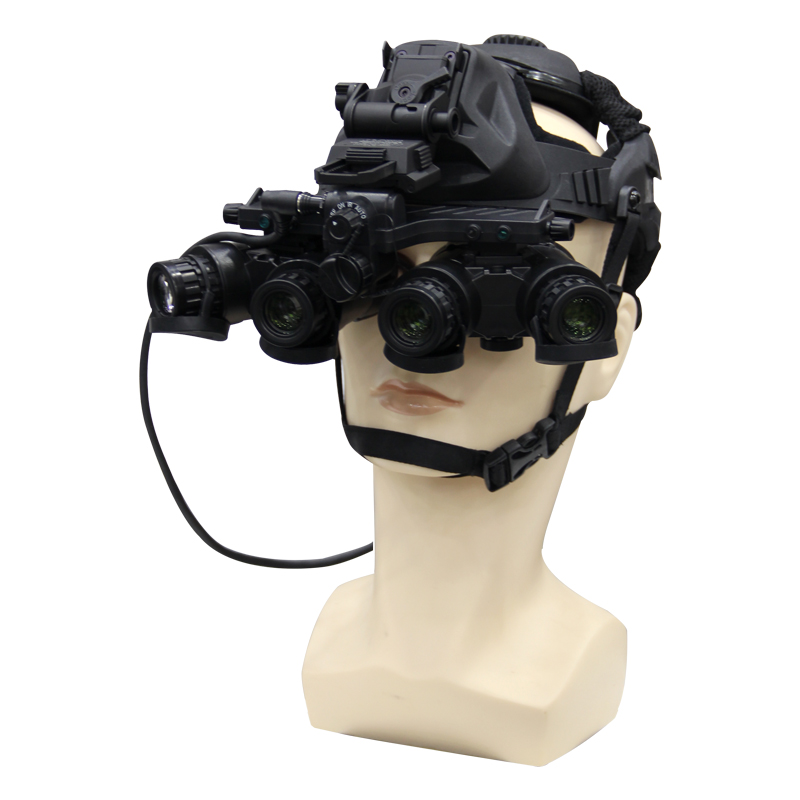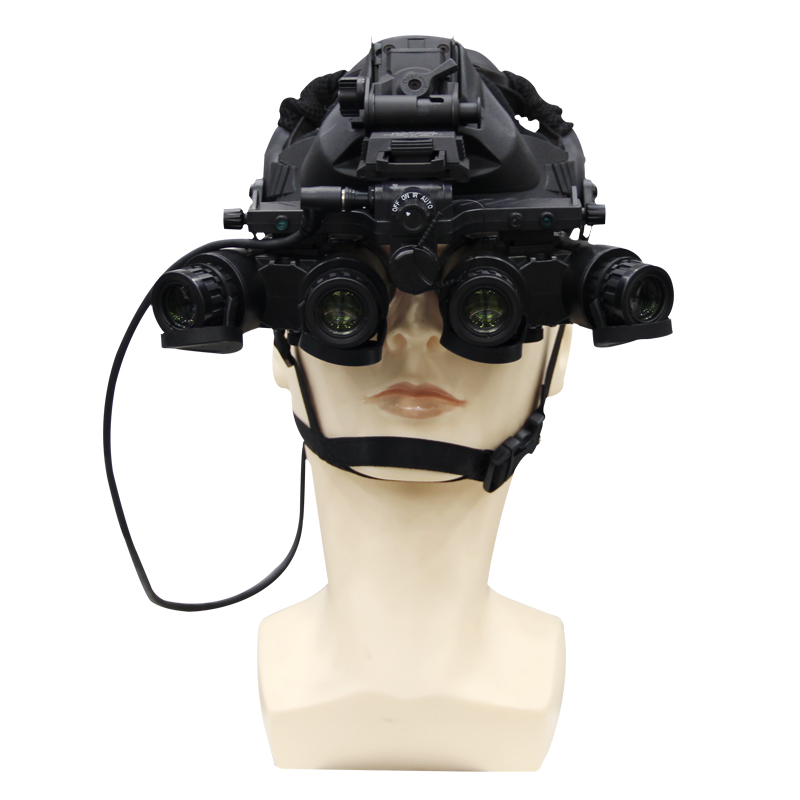In recent years, with the rapid development of optoelectronic imaging, microelectronics, and microelectromechanical (MEMS) technologies, the performance of current handheld night vision devices has significantly improved, while their weight, size, and power consumption have been significantly reduced. This has led to a wide range of applications for these devices in fields such as nighttime security, ecological research, and outdoor hunting.
Currently, the technologies used in handheld night vision devices are primarily categorized as image intensifiers, low-light CMOS (CMOS) technology, infrared night vision, and fusion technology. Each technology has different application characteristics, and the choice is typically based on the use case and mission requirements:
Low-light-level night vision technology utilizes natural sources of nighttime light, such as moonlight, starlight, atmosphere glow, and Milky Way light, as illumination. Using a light intensifier, the weak photons reflected from the target are amplified and converted into a visible image, enabling nighttime observation. The image intensifier is a key component of a low-light-level night vision device.

The Onick NVG-D4 multi-purpose low-light-level night vision goggle utilizes a high-performance, quasi-third-generation image intensifier. It offers excellent performance, compact size, light weight, clear images, and simple, flexible operation. It features four independent image intensifier tubes and four independent objective lenses arranged in a panoramic orientation. The two center lenses point forward, like traditional dual-tube goggles, enhancing depth perception, while the other two lenses point slightly outward from the center to enhance peripheral vision. The right and left tubes join at the eyepiece. The operator sees some overlap between the two center tubes and the two outer tubes, creating an unprecedented 120° field of view. This night vision goggle features a built-in infrared auxiliary light source, making it highly practical and suitable for military observation, border and coastal defense reconnaissance, public security surveillance, evidence collection, and customs anti-smuggling operations in dark environments. It is an ideal device for public security departments, armed police forces, special police forces, and security patrols.
Product Features
1. Utilizes a high-performance, quasi-third-generation image intensifier;
2. Excellent performance, compact size, light weight, clear imaging, and simple operation;
3. Ultra-wide field of view and built-in infrared auxiliary light source for high practicality;

Applications: Border and coastal reconnaissance, public security surveillance, evidence collection, customs anti-smuggling, and other fields, particularly for public security departments, armed police forces, special police forces, and security patrols.
A low-light-level night vision device consists of four main components: a high-power objective lens, an image intensifier, an eyepiece, and a power supply.
Optically, a low-light-level night vision device is a special telescope equipped with an image intensifier. Weak natural light radiates from the target surface and enters the night vision device. The powerful objective lens focuses the light onto the photocathode of the image intensifier (coinciding with the rear focal plane of the objective lens), stimulating photoelectrons. The photoelectrons are accelerated, focused, and imaged by the electron-optical system within the image intensifier. They strike the image intensifier's phosphor screen at high speeds, emitting sufficiently intense visible light. This transforms a distant target, illuminated only by weak natural light, into a visible image suitable for human observation. Further magnification through the eyepiece allows for more effective visual observation. This process involves two conversions: from optical image to electronic image and back to optical image.
Features: Image intensifier night vision devices offer clear images and are easy to use and maintain. However, they have a limited observation range and cannot be used in complete darkness.
If you would like to learn more about fusion night vision devices, infrared thermal imaging scopes, and other related information, please contact us.